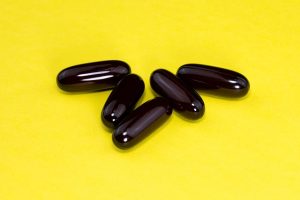Cosmetic skin resurfacing offers a range of aesthetic treatments like chemical peels, laser resurfacing, and microdermabrasion to revitalize skin by exfoliating damaged layers. These procedures stimulate collagen production, reduce fine lines, wrinkles, age spots, and scars, improving overall skin texture and tone. Ideal candidates have healthy skin and seek long-lasting results; consultation with a dermatologist is crucial for safety and effective tailored treatment. Post-procedure care involves managing temporary symptoms like redness, swelling, and sensitivity while maintaining diligent skincare maintenance for optimal healing and sustained rejuvenated appearance. Future advancements in laser technology promise safer, more efficient aesthetic treatments.
“Uncover a youthful glow with Cosmetic Skin Resurfacing, one of the most sought-after aesthetic treatments today. This comprehensive guide delves into the transformative power of skin resurfacing, exploring its various techniques from chemical peels to laser therapy. Learn how this procedure revitalizes complexions, addresses signs of aging, and enhances overall skin texture.
Discover who makes an ideal candidate, safety measures, and the recovery process, plus gain insights into cutting-edge technologies shaping the future of skincare.”
Understanding Cosmetic Skin Resurfacing: Unlocking Youthful Complexion
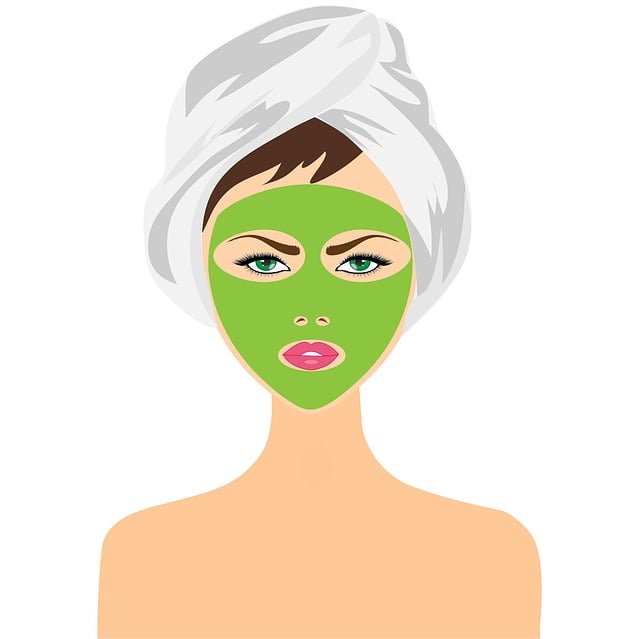
Cosmetic skin resurfacing is a group of aesthetic treatments designed to improve the appearance and texture of the skin by removing the top layers of damaged or aged skin. This process essentially unlocks a youthful complexion by stimulating collagen production, reducing fine lines and wrinkles, and enhancing overall skin tone and texture.
These treatments work by gently sanding away the outer layer of skin, allowing new, smoother skin to emerge. Popular methods include chemical peels, laser resurfacing, and microdermabrasion. Each technique offers unique benefits tailored to different skin concerns, making cosmetic skin resurfacing a versatile solution for achieving a radiant, rejuvenated look.
Types of Skin Resurfacing Techniques: A Comprehensive Overview

Skin resurfacing is a popular aesthetic treatment aimed at improving skin texture, reducing wrinkles, and enhancing overall skin appearance. There are several techniques available, each with its unique approach to achieving smooth, rejuvenated skin. One of the most common methods involves the use of lasers, which can target specific skin layers to stimulate collagen production and eliminate damaged cells. Ablative lasers remove outer layers of skin, revealing smoother, tighter skin beneath, while non-ablative lasers penetrate deeper to promote collagen renewal without causing significant downtime.
Chemical peels are another popular option, utilizing chemical solutions to exfoliate the skin and reduce fine lines and uneven texture. The depth of peel can vary, ranging from superficial to medium or deep, depending on individual needs. Mechanical exfoliation, such as microdermabrasion, offers a physical approach by gently sandblasting away dead skin cells and unclogging pores. This method is often preferred for those with more sensitive skin, as it avoids the potential side effects of chemical treatments. Each technique has its advantages and is tailored to different skin types and concerns, ensuring effective and safe aesthetic treatments.
Benefits and Applications: Revitalizing Your Skin's Radiance
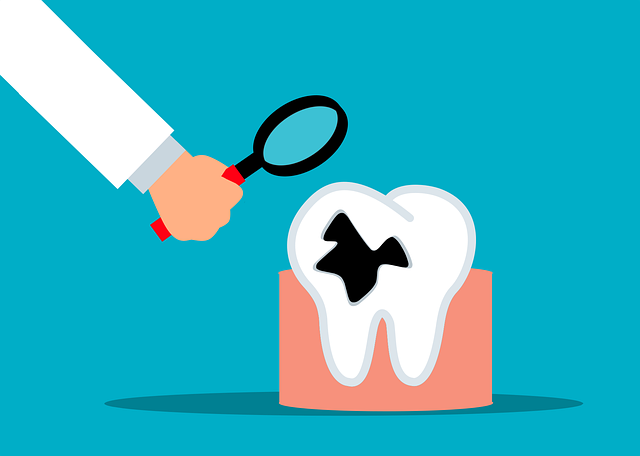
Cosmetic skin resurfacing offers a range of benefits, making it one of the most sought-after aesthetic treatments in today’s skincare industry. By gently removing layers of damaged skin, this procedure reveals smoother, younger-looking skin underneath. The result is a revitalized complexion with enhanced texture and an overall glow that can boost confidence and self-esteem.
This treatment has diverse applications, catering to various skin concerns. It can effectively minimize the appearance of fine lines, wrinkles, and age spots, providing a more even and radiant skin tone. Additionally, it addresses scars, both surgical and acne-related, for a more uniform skin surface. Skin resurfacing also prepares the skin for other cosmetic procedures, ensuring optimal results and faster recovery times.
Candidate Selection: Who is a Suitable Candidate for This Treatment?

Cosmetic skin resurfacing, or ablative skin treatments, are highly effective aesthetic procedures for those seeking to improve skin texture and appearance. The ideal candidate for this procedure is an individual with healthy skin who has specific concerns, such as fine lines, wrinkles, scars, or uneven skin tone. These treatments offer a more permanent solution compared to non-ablative alternatives, making them appealing to those looking for long-lasting results.
Several factors determine candidacy. Age plays a role, as younger skin may not be as receptive to the procedure’s effects. Additionally, individuals with certain medical conditions, active infections, or taking specific medications might not be suitable candidates due to potential risks and complications. Consulting with a dermatologist is crucial for an accurate assessment, ensuring patient safety, and determining if cosmetic skin resurfacing is the best course of action among various aesthetic treatments available.
Safety and Precautions: Ensuring a Smooth and Safe Procedure

When considering cosmetic skin resurfacing, safety should be your top priority. It’s a delicate procedure that requires expert hands to ensure minimal risks and optimal results. Before undergoing any aesthetic treatment, it’s crucial to consult with a qualified dermatologist who can assess your skin type, medical history, and specific goals. This consultation is essential for tailoring the procedure to your needs while mitigating potential side effects.
During the procedure, strict adherence to sterile techniques and proper usage of equipment are vital. Your dermatologist will use advanced technologies like lasers or chemical peels, each with its own set of precautions. Post-procedure care is equally important; following your doctor’s instructions for healing will ensure a smooth recovery. This may include using recommended topical treatments, avoiding certain medications, and protecting your skin from the sun.
Recovery Process: What to Expect After the Treatment
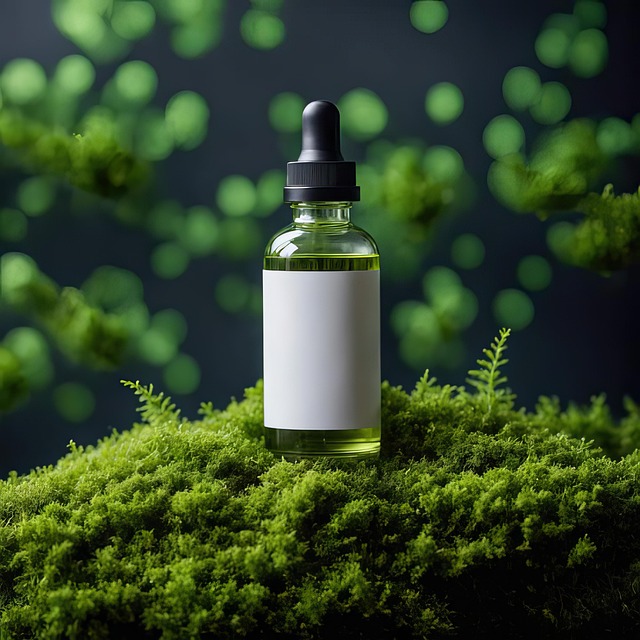
After a cosmetic skin resurfacing treatment, it’s natural to have questions about the recovery process. Here’s what to expect in the initial days post-procedure. You may experience redness and some swelling, similar to a sunburn, which is common and usually subsides within a few days. Your skin will also be sensitive to touch and light, so it’s best to avoid direct sunlight and refrain from using makeup or other products until your dermatologist gives the go-ahead.
During this time, you’ll need to maintain a gentle skincare routine, cleansing your face with mild, fragrance-free products to prevent irritation. As your skin heals, it might feel tight and appear slightly flaky, but these symptoms are temporary. It’s crucial to listen to your body and give it the rest it needs. Strenuous activities and intense workouts should be avoided until the healing process is complete to ensure optimal recovery from aesthetic treatments like skin resurfacing.
Maintenance and Follow-up Care: Achieving Long-lasting Results

After a cosmetic skin resurfacing procedure, proper maintenance and follow-up care are essential to achieve long-lasting results. This includes continued use of sun protection, as UV rays can impair healing and increase the risk of complications. Daily application of moisturizing creams or lotions recommended by your dermatologist can also help maintain the skin’s smoothness and elasticity.
Regular check-ins with your skincare professional are crucial for monitoring any signs of adverse reactions or potential issues. They may suggest additional aesthetic treatments to enhance the results, such as chemical peels or microdermabrasion, based on your skin’s condition and specific needs. Following their guidance diligently will ensure optimal healing and preserve the rejuvenated appearance of your skin over time.
Exploring Advanced Technologies: The Future of Skin Resurfacing
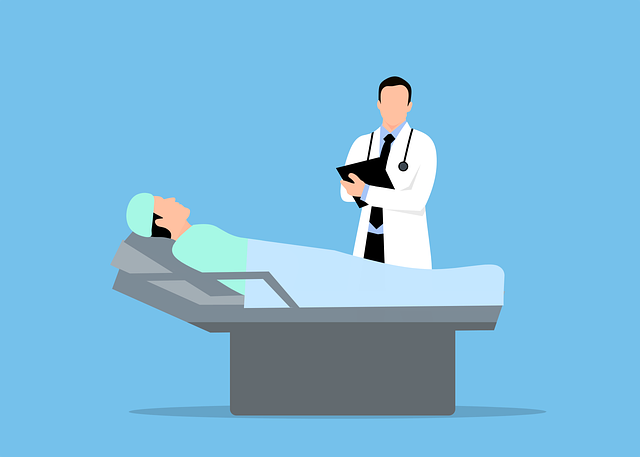
The future of skin resurfacing is bright, driven by advancements in technology that offer more precise and effective aesthetic treatments. One notable innovation is the integration of laser technology, which has evolved to provide tailored solutions for various skin concerns. Modern lasers can target specific depth layers of the skin, allowing for meticulous resurfacing while minimizing damage to surrounding tissue. This precision leads to faster recovery times and improved overall results.
Additionally, fractional laser technologies are gaining popularity for their ability to stimulate collagen production without aggressive ablation. These advanced treatments offer a more gentle approach to skin resurfacing, making them suitable for a wider range of patients. As technology continues to march forward, the field of aesthetic treatments promises even more innovative solutions, ensuring that skin resurfacing becomes safer, more efficient, and accessible to those seeking a refreshed and rejuvenated complexion.
